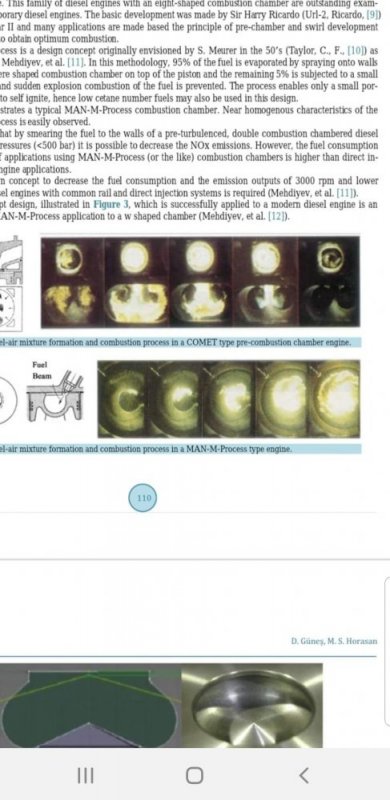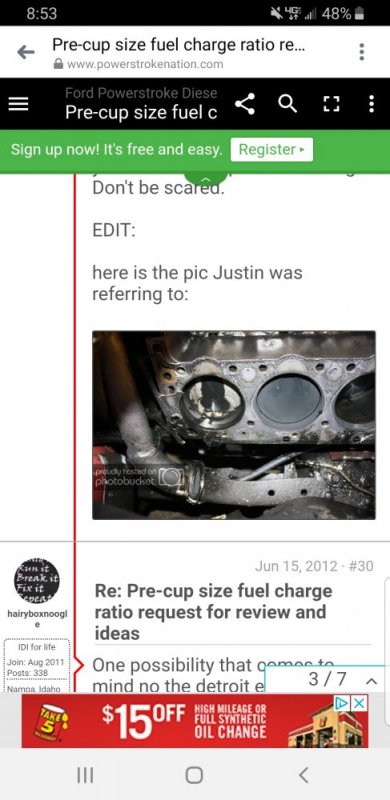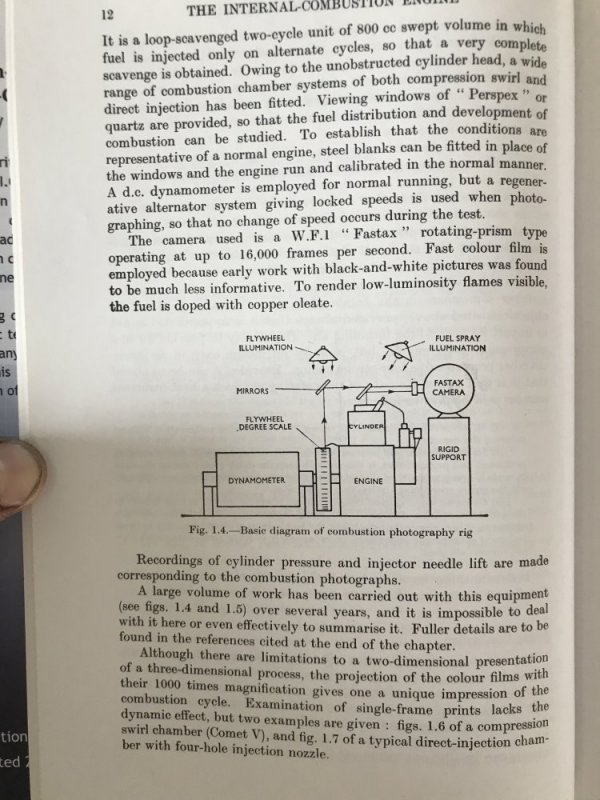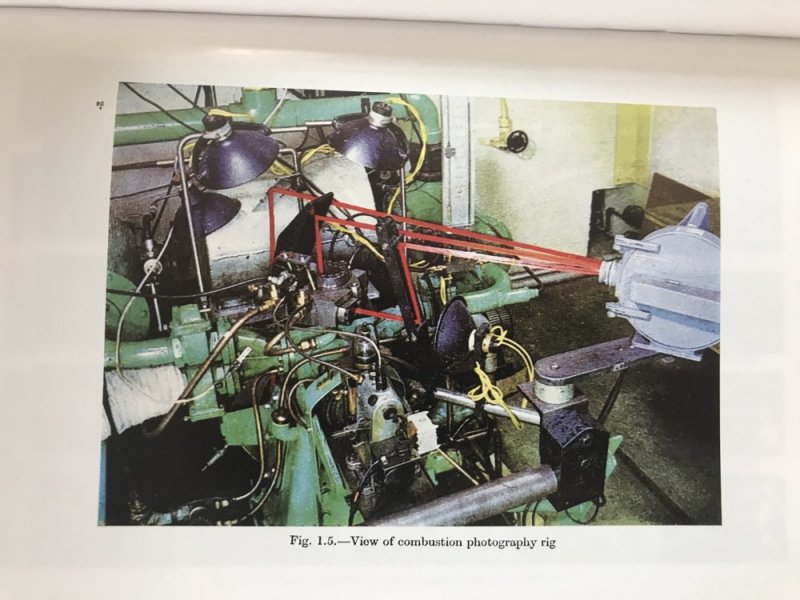Rockabillyrat
SlIgHtLy StUpId.
It took months of reading several books and hundreds of research articles to figure out the combustion process on and IDI. I probably have the biggest private library on IDI thermodynamics then anyone at the moment. And I didn't do it alone, n8in8or and myself have been working on this together for some time now.Where did you get all this ?
But the two biggest pieces of information came from "The high-speed internal-combustion engine" by Ricardo and Hempson. And Thermodynamic analysis of indirect injection diesel engine operation by Kamel. Very hard stuff to read, most of it at engineering level but I made sense of the important parts.




